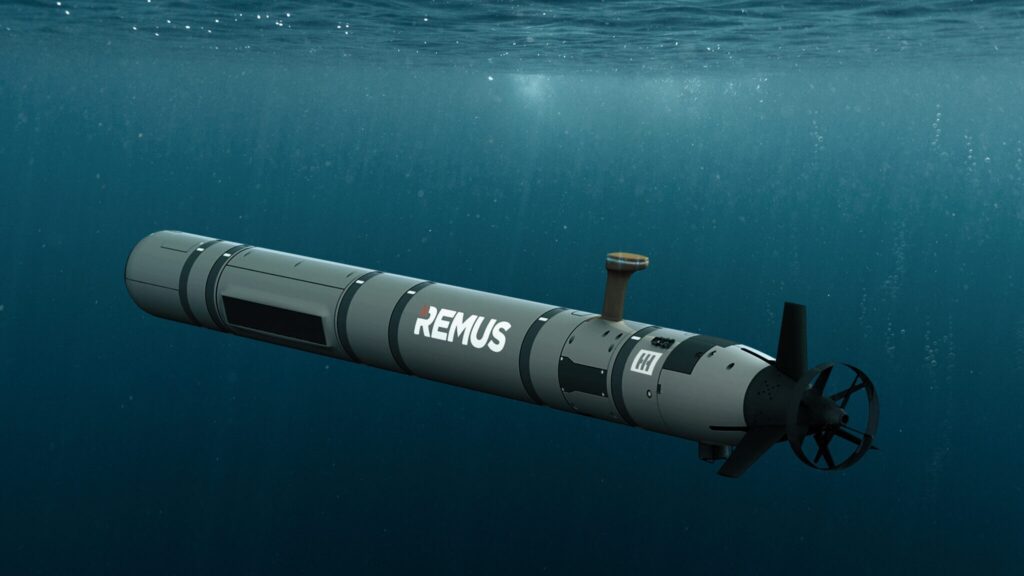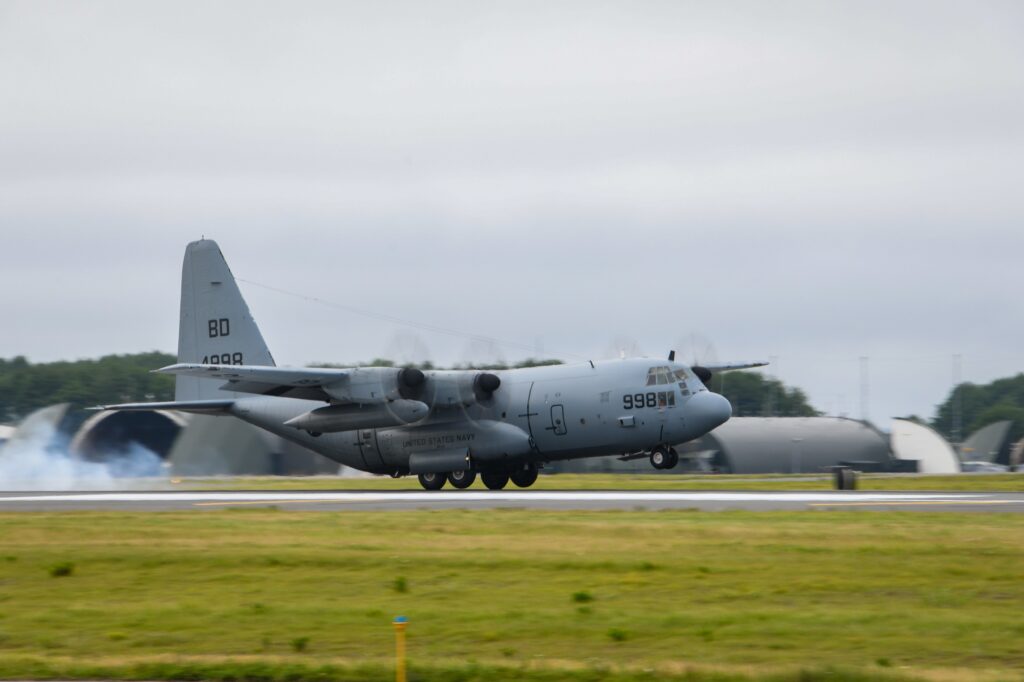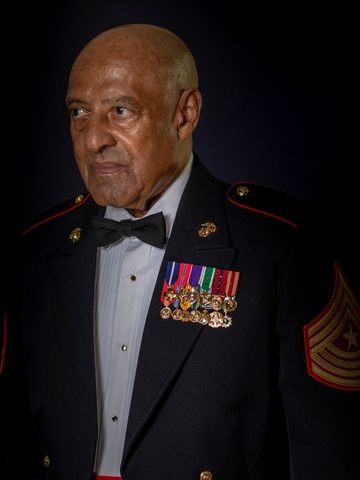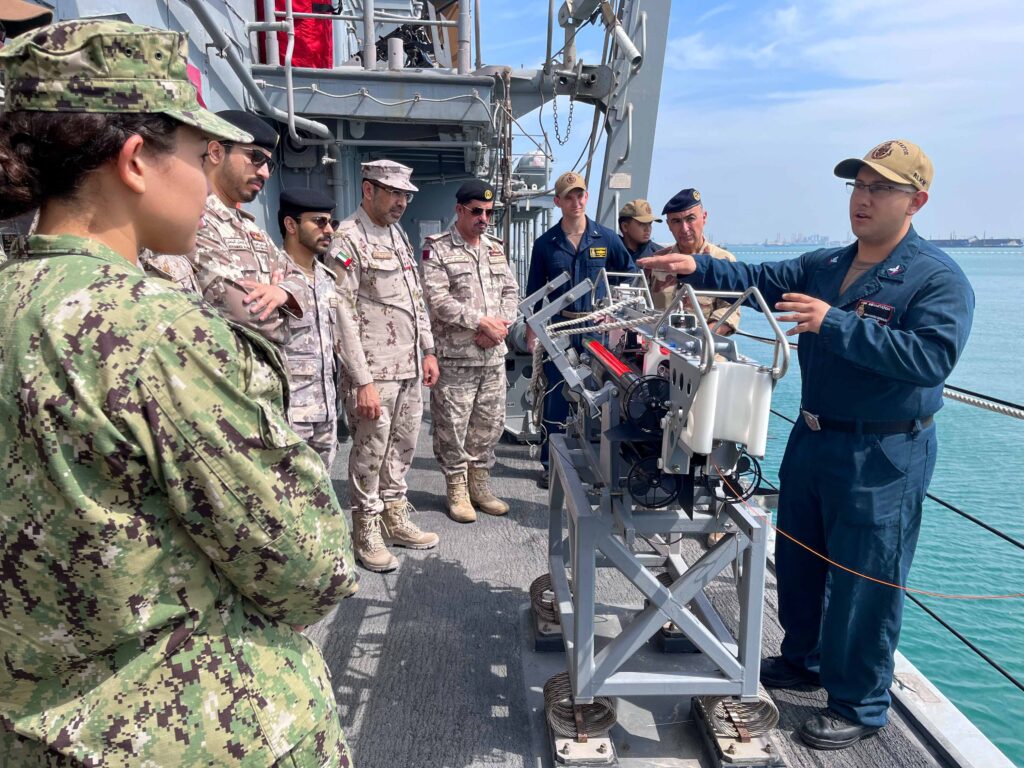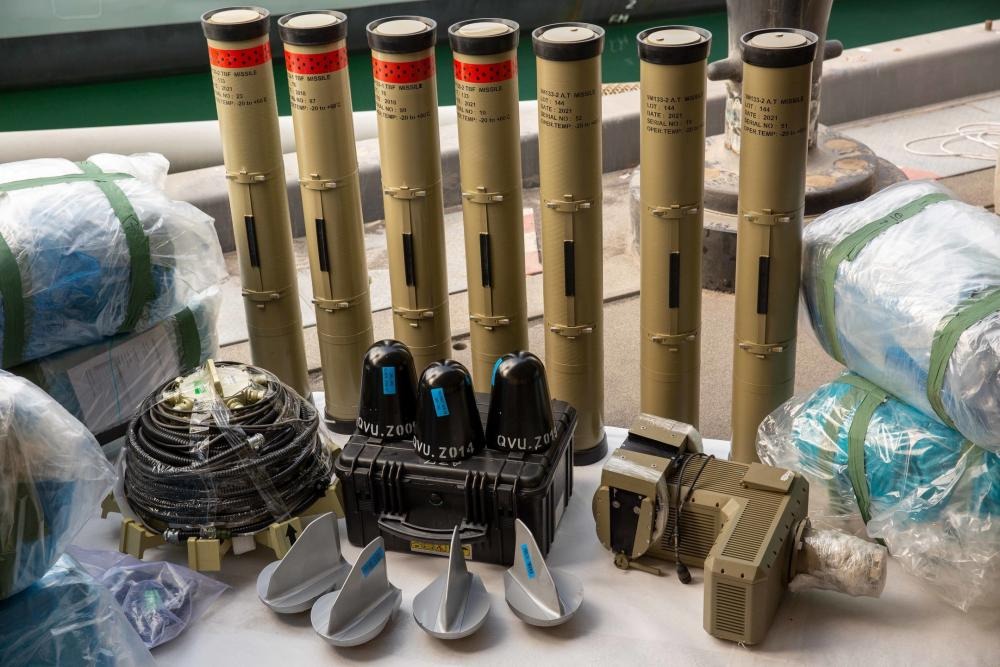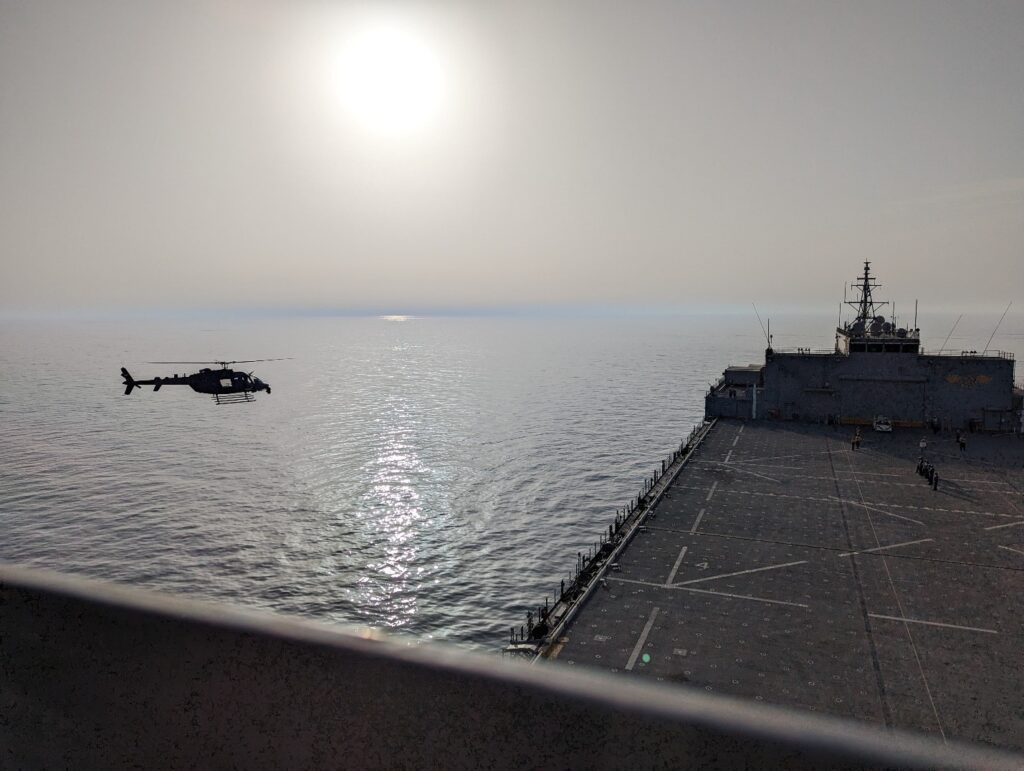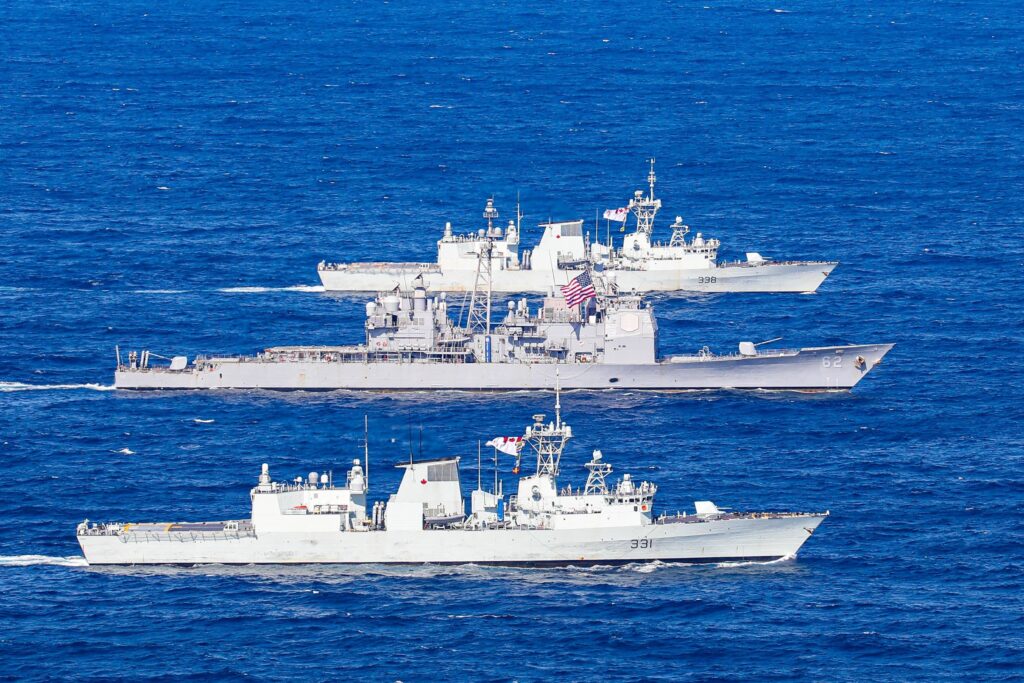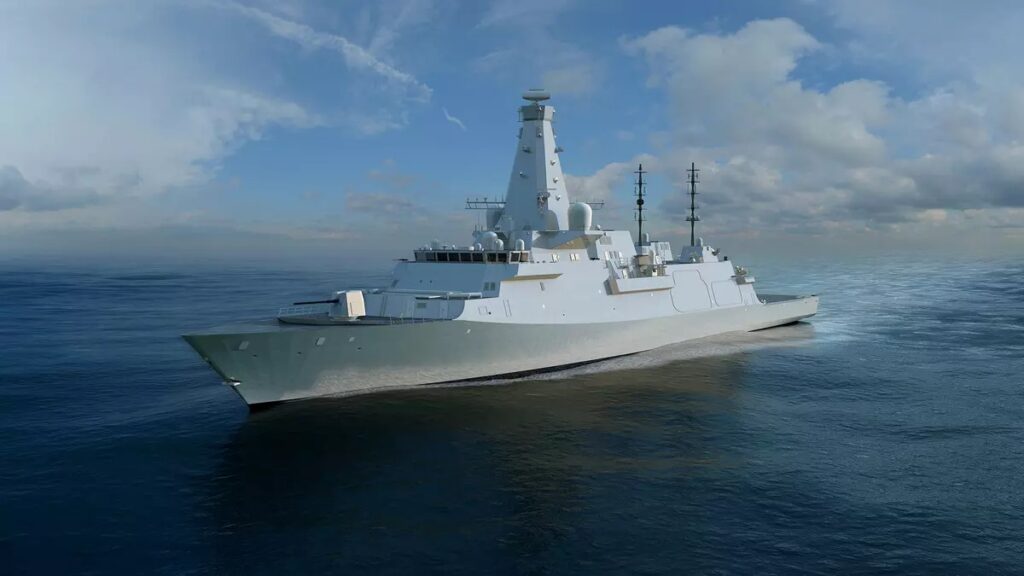HII Hosts Chief of Naval Operations Adm. Michael Gilday at Newport News Shipbuilding
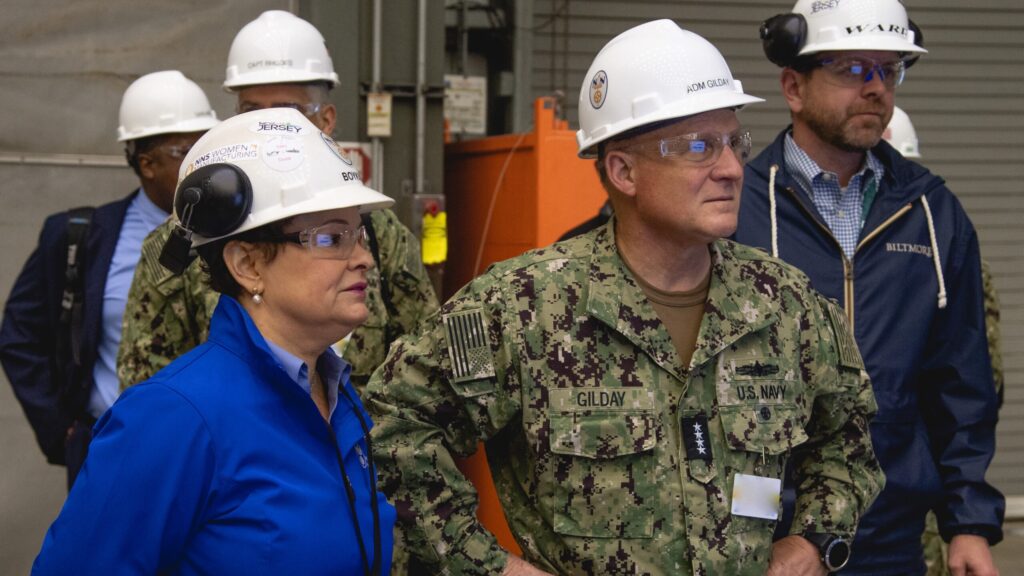
*****
HII Hosts Chief of Naval Operations Adm. Michael Gilday at Newport News Shipbuilding
NEWPORT NEWS, Va., March 03, 2023 (GLOBE NEWSWIRE) — HII (NYSE: HII) hosted Chief of Naval Operations Adm. Michael Gilday for a visit to the company’s Newport News Shipbuilding division on Thursday during a scheduled visit to Hampton Roads. While in Newport News, Gilday met with NNS leadership and toured the shipyard.
“We are always grateful to have Adm. Gilday spend time at the shipyard,” NNS President Jennifer Boykin said. “We understand the Navy’s national security mission starts right here, in our dry docks, at our piers and on the design tools. We value each opportunity to showcase our commitment to safety, innovation and continuous improvement by the thousands of dedicated shipbuilders and suppliers who are working hard to deliver the highest-quality aircraft carriers and submarines to our Navy partner.”
Photos accompanying this release are available at: https://hii.com/news/hii-hosts-chief-of-naval-operations-adm-michael-gilday-at-newport-news-shipbuilding/.
During the visit, Gilday toured construction progress on Columbia– and Virginia-class submarines and received updates on the three Gerald R. Ford-class aircraft carriers under construction at NNS: John F. Kennedy (CVN 79), Enterprise (CVN 80) and Doris Miller (CVN 81). Additionally, he received briefings on the latest advances in the shipyard’s infusion of digital technology to improve efficiencies and the investments HII is making at NNS, including the recent groundbreaking on the Multi-Class Submarine Production Facility.
With a workforce of 25,000 people, NNS is the largest industrial employer in Virginia. The shipyard is the nation’s sole designer, builder and refueler of nuclear-powered aircraft carriers and one of only two shipyards capable of designing and building nuclear- powered submarines for the U.S. Navy.
